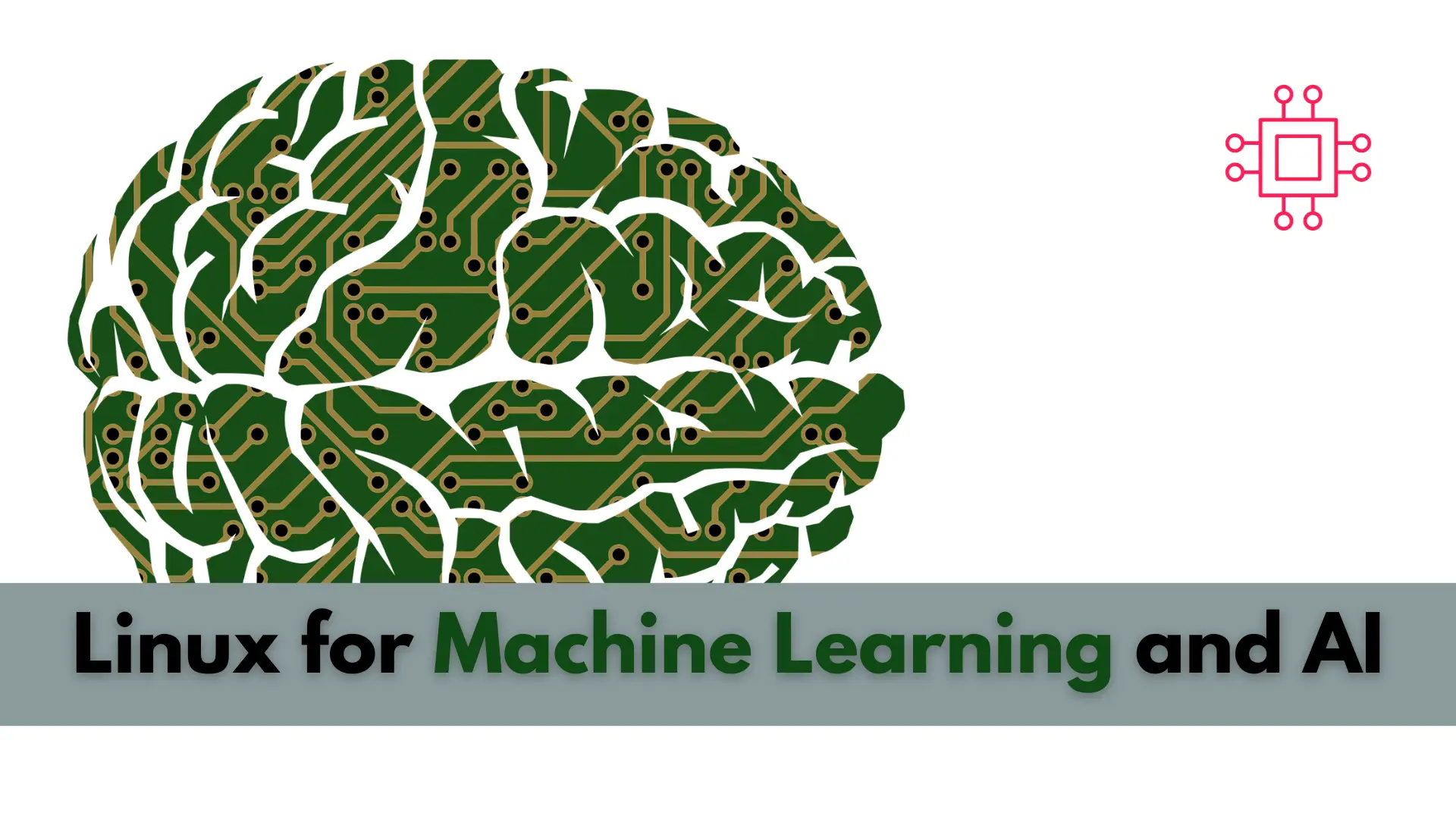
If you’re looking to get into machine learning and artificial intelligence, using Linux as your operating system may be the best choice for its flexibility,

Are you interested in generating smart contracts but don’t know where to start? The goal of this article is to provide the beginner with enough information to feel confident about the process.
In this beginner’s guide, we’ll explore the rise of smart contracts, detail 15 things everyone needs to know about smart contracts on the blockchain, provide step-by-step instructions on how you can generate your own smart contracts, and highlight relevant statistics and future outlook for this innovative technology.

Image by Andrea Piacquadio from Pexels
Smart contracts are self-executing contracts that are automatically enforced through the use of blockchain technology. These contracts are designed to enable trust and transparency between parties, eliminate the need for intermediaries, and reduce the costs associated with traditional legal agreements.
The concept of smart contracts was first introduced in 1994 by computer scientist Nick Szabo. However, it wasn’t until the emergence of blockchain technology that smart contracts became a reality. One of the most famous examples of smart contracts is the Decentralized Autonomous Organization (DAO) which raised over $150 million in Ether before it was hacked in 2016.
According to a report by MarketsandMarkets, the global smart contract market is expected to grow from $83.9 million in 2017 to $300.0 million by 2023, at a Compound Annual Growth Rate (CAGR) of 32.0% during the forecast period. The report cites the increasing adoption of blockchain technology and the need for transparency and immutability in contracts as key factors driving the growth of the smart contract market.
If you’re interested in generating smart contracts, here are the steps you need to take:
Choosing the right platform is the first step in generating a smart contract. Smart contracts can be developed on a variety of blockchain platforms, but the most popular one is Ethereum. Ethereum is a decentralized platform that enables the creation of decentralized applications (dApps) and smart contracts.
One of the key advantages of using Ethereum for smart contract development is its flexibility. Ethereum’s platform supports a wide range of programming languages, including Solidity, which is specifically designed for smart contract development. Additionally, Ethereum’s smart contracts are Turing complete, meaning they are capable of running any type of computation.
Other popular blockchain platforms for smart contract development include Hyperledger Fabric, Corda, and EOS. Each platform has its own strengths and weaknesses, and the choice ultimately depends on the specific needs of your project.
When choosing a platform, it’s important to consider factors such as scalability, security, and community support. Ethereum, for example, has a large and active community of developers, which means there are plenty of resources available for learning and problem-solving. Additionally, Ethereum’s smart contracts are secured by the platform’s consensus mechanism, which makes them resistant to hacking and fraud.
Ultimately, the choice of platform will depend on the specific requirements of your project, including the type of application you’re building, the level of security you require, and the size of the community you want to work with. It’s important to do your research and choose a platform that aligns with your goals and values.
Language Smart contracts are typically written in Solidity, a programming language specifically designed for Ethereum. To generate your own smart contracts, you’ll need to learn Solidity or hire a developer who has expertise in this language.
Solidity is a high-level programming language that is designed to write smart contracts on the Ethereum platform. It is an object-oriented programming language that supports inheritance, libraries, and user-defined types. Solidity syntax is similar to that of JavaScript, making it easy for developers to learn if they have prior experience with JavaScript or C++.
To learn Solidity, there are a variety of resources available, including online tutorials, courses, and documentation. The official Solidity documentation provides a comprehensive guide to the language, including examples and best practices. There are also a number of online communities and forums where developers can ask questions and share knowledge, such as Reddit’s r/ethdev and the Ethereum Stack Exchange.
If you don’t have the time or resources to learn Solidity yourself, you can hire a developer who has expertise in the language. Many blockchain development companies and freelancers offer smart contract development services, and they can help you create and deploy your smart contract on the Ethereum blockchain. However, it’s important to do your research and choose a reputable and experienced developer to ensure that your smart contract is secure and functions as intended.
Once you’ve chosen a platform and learned the programming language, you can start writing the code for your smart contract. This code will specify the terms and conditions of the agreement, including the parties involved, the conditions for execution, and any penalties or consequences for non-compliance.
Once you’ve written the code for your smart contract, you’ll need to deploy it to the blockchain. This involves paying a fee, known as gas, to the network to execute the contract. Once the contract is deployed, it becomes part of the blockchain and is stored in multiple nodes across the network.
Before you start using your smart contract, it’s important to test it thoroughly to ensure that it functions correctly. You can use tools like Truffle and Remix to test and debug your smart contract code. Additionally, it’s a good idea to have your smart contract audited by a third-party to ensure that it is secure and functions as intended.
Once your smart contract is deployed and tested, you can start interacting with it. This might involve sending transactions to the contract to execute certain actions, such as transferring funds or updating data.
In the next five years, smart contracts are expected to continue to disrupt many industries, including finance, real estate, and supply chain management. The World Economic Forum predicts that by 2027, 10% of the global Gross Domestic Product (GDP) will be stored on blockchain technology. Smart contracts are expected to play a significant role in this growth as more businesses and organizations recognize the benefits of this innovative technology.
Smart contracts are an innovative technology that have the potential to revolutionize the way we do business and interact with each other. By automating contract execution and eliminating the need for intermediaries, smart contracts can reduce costs, improve efficiency, and increase transparency and trust between parties.
While there are still challenges to overcome, the future outlook for smart contracts is bright, with predictions of significant growth and disruption in the coming years. By following the steps outlined in this guide, you can start generating your own smart contracts and explore the potential of this exciting technology.
Was this article helpful to you? If so, leave us a comment below. We’d love to hear from you!
Related Posts

If you’re looking to get into machine learning and artificial intelligence, using Linux as your operating system may be the best choice for its flexibility,

Unlocking Success: Junior Linux Sysadmin Skills Unveiled – From command line to networking essentials, gain vital skills for effective Linux system administration in this comprehensive

In this article, we will review 10 common misconceptions about the blockchain. A blockchain is a decentralized, distributed and public digital ledger that is used
